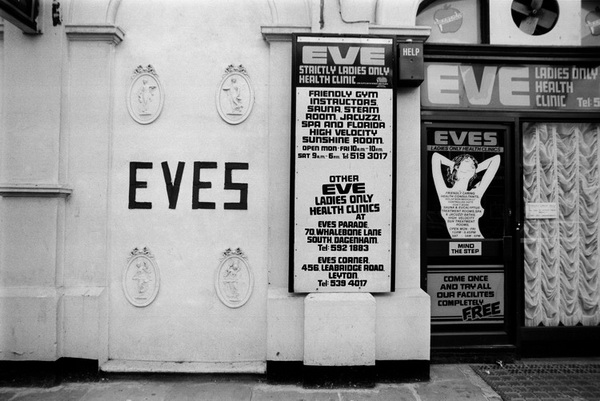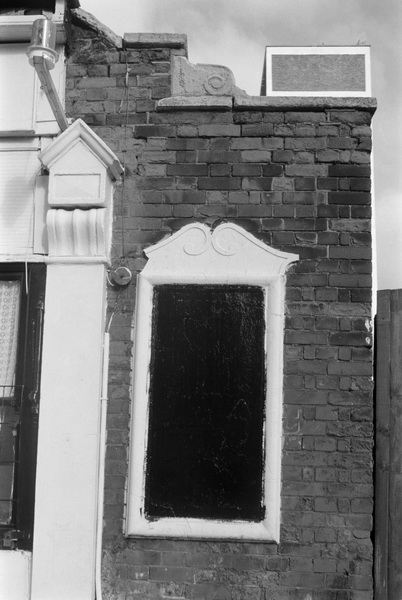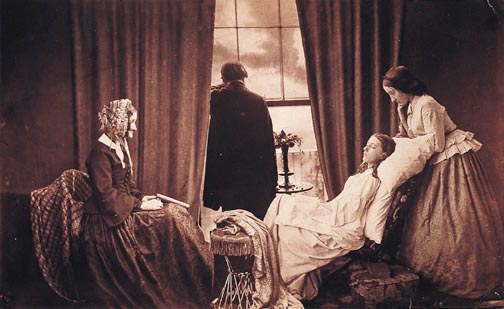Archival Ink Prints
One of several things that impressed me at Photo-London last week was the number of inkjet prints on display, mainly in colour, but also some black and white, including what I thought was technically one of the best prints, if not the best, in the show (I don’t much like the subject matter, so perhaps won’t mention the photographer.)
Even more impressive was that none of the wall-labels for these prints mentioned the ‘I’ word. I*kj*t is certainly a taboo word so far as dealers are concerned. Instead there were various circumlocutions, varying from the entirely misleading ‘carbon print’ to things that were more essays than media descriptions, such as “printed with pigment based inks on archival cotton paper.” At least the term giclée seems largely to have gone out of fashion, though not entirely absent. It was probably never too popular in France, where I’m told the word, meaning ‘spurted’, has unsavoury slang associations.
Of course many inkjet prints are of poor quality and fugitive in nature, particularly in the early years of inkjet printing. The same problems beset photography in its early years, with salt prints and albumen prints often disappearing almost before your very eyes – and many watercolours also have fading problems. The rise of the photographic gallery in the 1970s and 80s more or less coincided with the so-called ‘new color’ photography, and many of those early C-types are now more a study in browns than colour images (although some at least of the dye transfer prints from the era retain their stunning quality – and there were some fine examples by Eggleston in particular at Photo-London.)
Dealers are also reluctant to use the term inkjet because everyone has an inkjet printer at home, just as many don’t like the term photograph, because the whole world takes and makes photos. Calling them ‘silver gelatin prints’ or even ‘color coupler prints’ associates them with the long and distinguished heritage of print-making rather than that common upstart photography.
Most of the descriptions of inkjet prints currently in use would surely fail under the Trade Descriptions Act as misleading. Carbon prints are something quite different, dating from the nineteenth century, which produced some of the richest and most lustrous images in existence (as well as many that were atrocious.) Of course many of those did not use carbon as pigment.
Archival is also a term lacking in definition. In terms of paper, cotton is a fine material for long-lasting papers, but probably the best lignin-free alpha-cellulose materials are probably its equal. All papers, including 100% cotton materials, may also contain optical brighteners (OBAs) whose fading will make papers yellow with age, and may also be coated with ink-receptive materials whose archival properties in such situations are undetermined.
Inks too are complex materials. Early inkjets all used soluble dyes, chosen with little thought as to their light stability, and prints faded fast. But there are dyes that are stable, that can most likely match the stability of the pigment inks we use. Not that pigments are always particularly stable, and carbon itself isn’t without problems. Of course even inks sold as carbon based inksets for black and white printing have turned out also to contain metallic pigments and often dyes as well (and there is good reason for their presence.) Inks also contain other materials which may too contribute to their fading.
It perhaps isn’t surprising that Stephen Livick, a photographer who seriously studied the problems of making long-lasting inkjet prints and published his personal test results received “serious litigious threats” which eventually forced him to remove his test information from the website. You can still read some of his conclusions, including the fact that certain coatings, particularly Clearstar’s Clearshield, applied after printing will greatly increase print longevity.
Of course, however prints are made, it is largely storage and display conditions that will determine the rate of their deterioration. Most prints would do pretty well if kept in an inert atmosphere at low temperature and controlled humidity – even silver negatives will keep for a considerable age under these conditions. Mounting on acid-free or impermeable supports (and of course any adhesive material used), framing under glass etc all will affect the rate of fade.
Although inkjet printing covers a wide range of materials (and some differences in method) I think we need a commonly agreed simple term intended to describe such prints rather than the current attempts at obfuscation. I don’t like the term archival, but it is hard to think of a better word, so I think we are stuck with it. Otherwise I think it best to keep the description as short and simple as possible. So I propose the term:
Archival ink print.
It is short, avoids the ‘I’ word (and the ‘P’ word), makes it clear that the image is an ink image, while avoiding much confusion. Of course many photographers will want to give a more detailed description of their working practices, perhaps as a part of a ‘Certificate of Authenticity’ which may also include advice on storage or display (such as “should be displayed framed behind glass out of direct sunlight.”)
This is a subject that has been discussed in various on-line forums over the years, and I’ve taken part in those often heated debates. My views as I’ve thought (and learnt) more about the problem have changed. So for me at least, this is a new suggestion. Your views are welcome.
Peter Marshall



